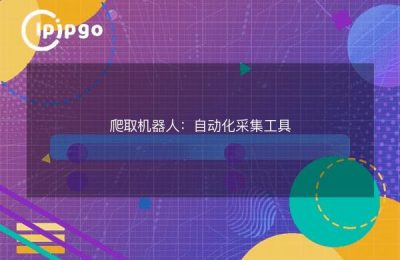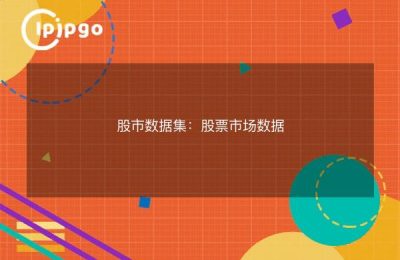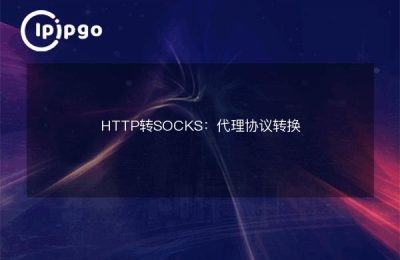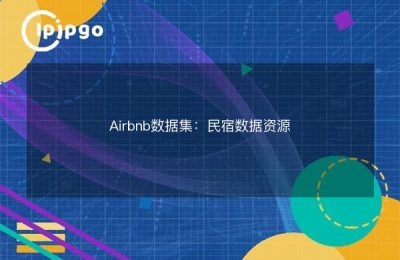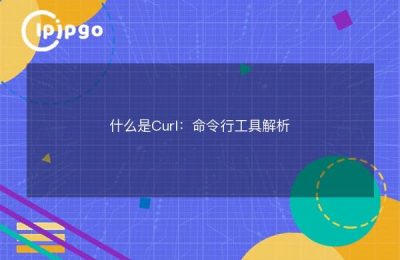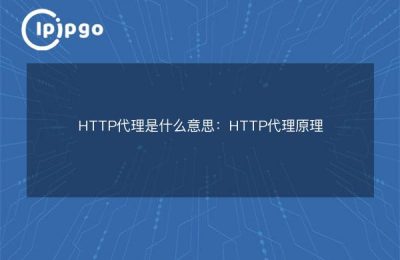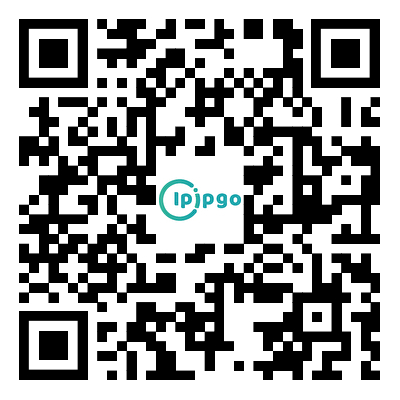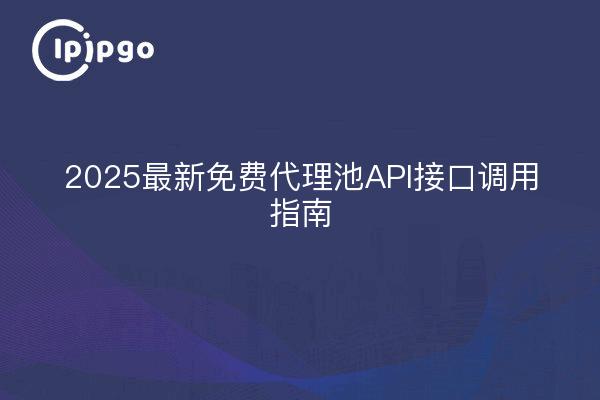
Hands-on with ipipgo Free Proxy Pool APIs
Nowadays, many scenarios that require frequent change of network address are inseparable from the proxy IP. ipipgo, as the world's most widely covered residential IP service provider, provides API interfaces that allow developers to get the resources they need as simple as ordering takeout. Let's not talk about the complexity of the principle today, directly say how to use.
Why do you need an API interface?
The traditional manual replacement of proxy IPs is like a manual porter, inefficient and prone to errors. ipipgo's API interface is equivalent to an intelligent scheduling system that automatically assigns quality IPs according to your business needs. especially with their support for thedynamic rotation scheme, which ensures that a fresh IP is used for each request, which is especially useful for projects that require high-frequency operations.
Three Steps to Getting Your Key
1. Open the official website of ipipgo to register for an account (cell phone number verification is fine)
2. Find the "API Integration" module in the console.
3. Click on Generate Proprietary Key (the string of characters that looks like a garbled code)
Be careful to keep this key, which is the passport to call the interface. It is recommended that newbies practice more in the test environment first to avoid consuming resources by misuse.
core parameters of an interface call
| parameters | mandatory field | typical example |
|---|---|---|
| api_key | be | ak_8Df2eG5hJk7 |
| format | clogged | json (default) |
| country | clogged | us (supports ISO two-bit code) |
| protocol | clogged | http/https/socks5 |
Example of an actual call (Python):
import requests
url = "https://api.ipipgo.com/v3/proxy"
params = {
"api_key": "Your key",
"country": "jp", "protocol": "socks5", "socks5
"protocol": "socks5"
}
response = requests.get(url, params=params)
print(response.json())
Practical application scenarios
Scenario 1: Web crawling
An e-commerce price monitoring system needs to collect data every hour, and with this code you can automatically switch Japanese residential IPs:
proxies = {
"http": "socks5://user:password@extracted_ip_address",
"https": "socks5://user:password@extracted IP address"
}
requests.get("target url", proxies=proxies)
Scenario 2: Automated Testing
When testing the access effect of different regions of the APP, you can call the API cyclically to get multinational IP, with Selenium to realize the real geolocation test.
Frequently Asked Questions QA
Q: What should I do if the acquired IP connection is slow?
A: It is recommended to prioritize the selection of neighboring regions of the country code, for example, to do business in Southeast Asia choose sg (Singapore) than to choose fr (France) faster. ipipgo's residential IP average response speed <200ms, measured than the server room IP stability.
Q: How can I avoid triggering the website protection mechanism?
A: Reasonably set the request interval with ipipgo'sDynamic IP RotationFeature. Their residential IPs come with real device fingerprints that are harder to recognize than regular proxies.
Q: What are the limitations of the free version?
A: the free channel is suitable for testing and small-scale use, the formal business recommendations according to the actual situation of the choice of service packages. ipipgo all packages support http/https/socks5 all protocols, which is stronger than many vendors can only HTTP protocols.
Using the Proxy Pool API is like mastering a practical skill, which can improve work efficiency and ensure business stability. It is recommended to make more use of ipipgo's90 Million+ Real Residential IP ResourcesTheir IP pool is updated daily with more than 15%, so you don't have to worry about IP failure at all.

